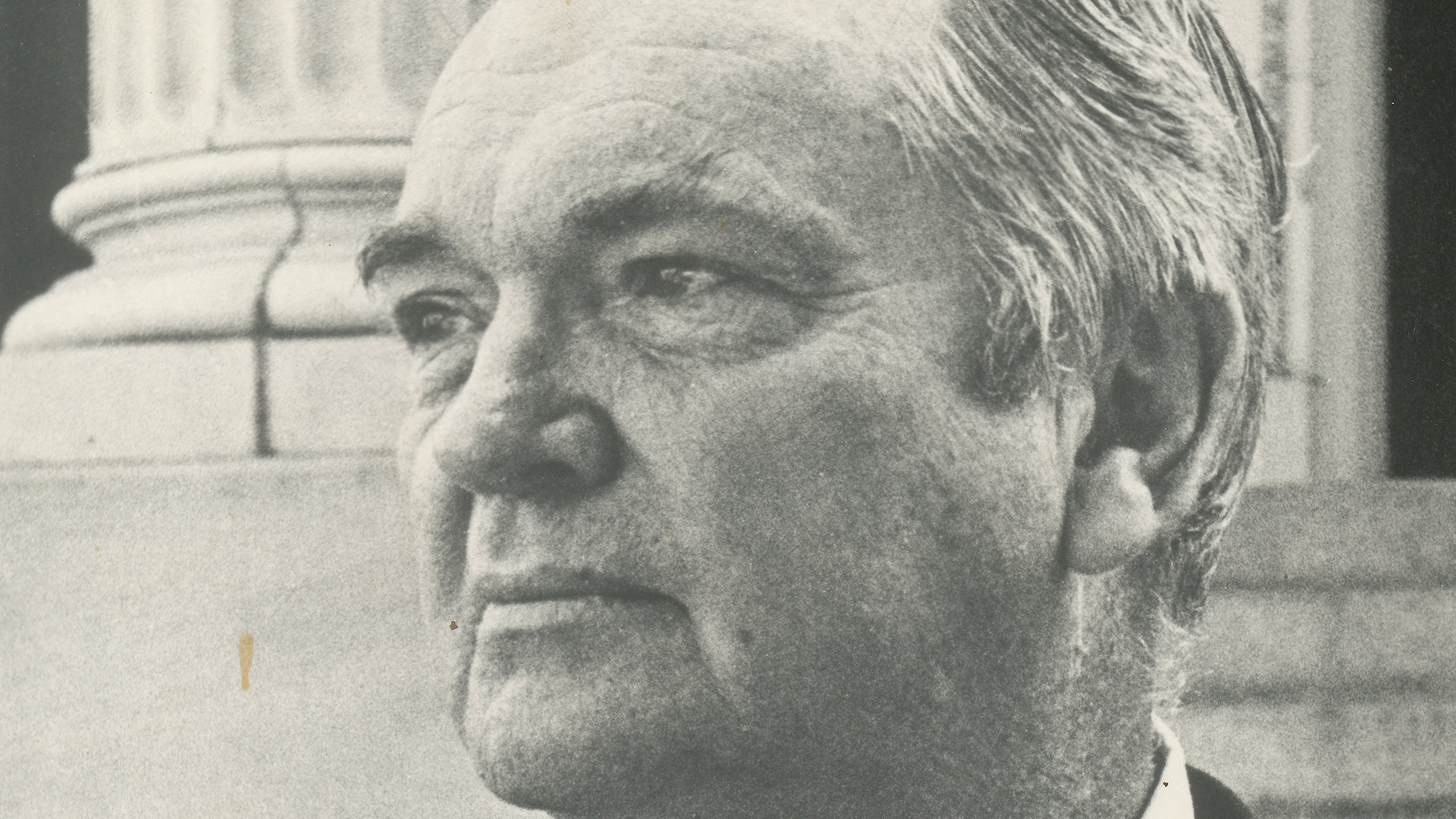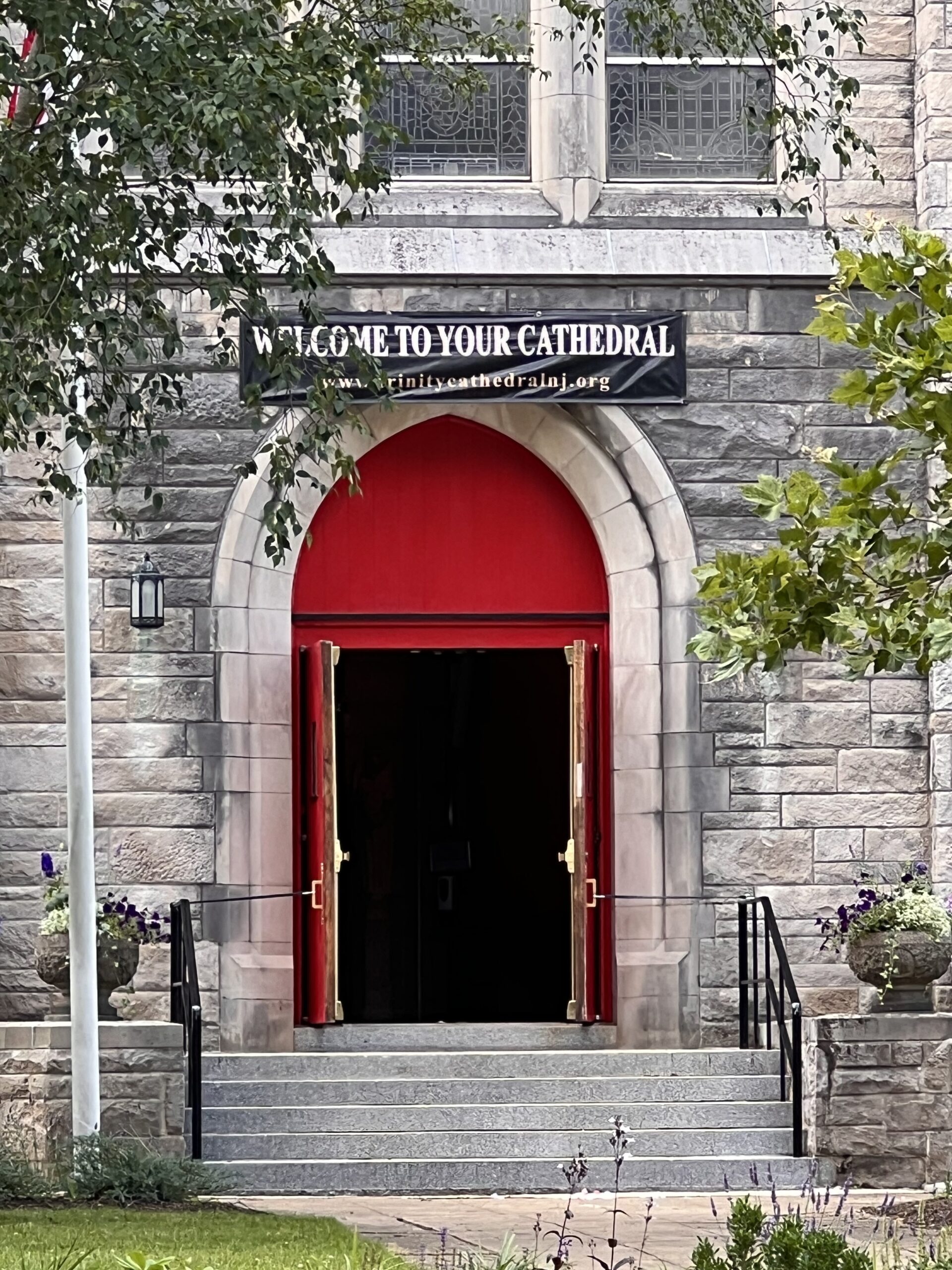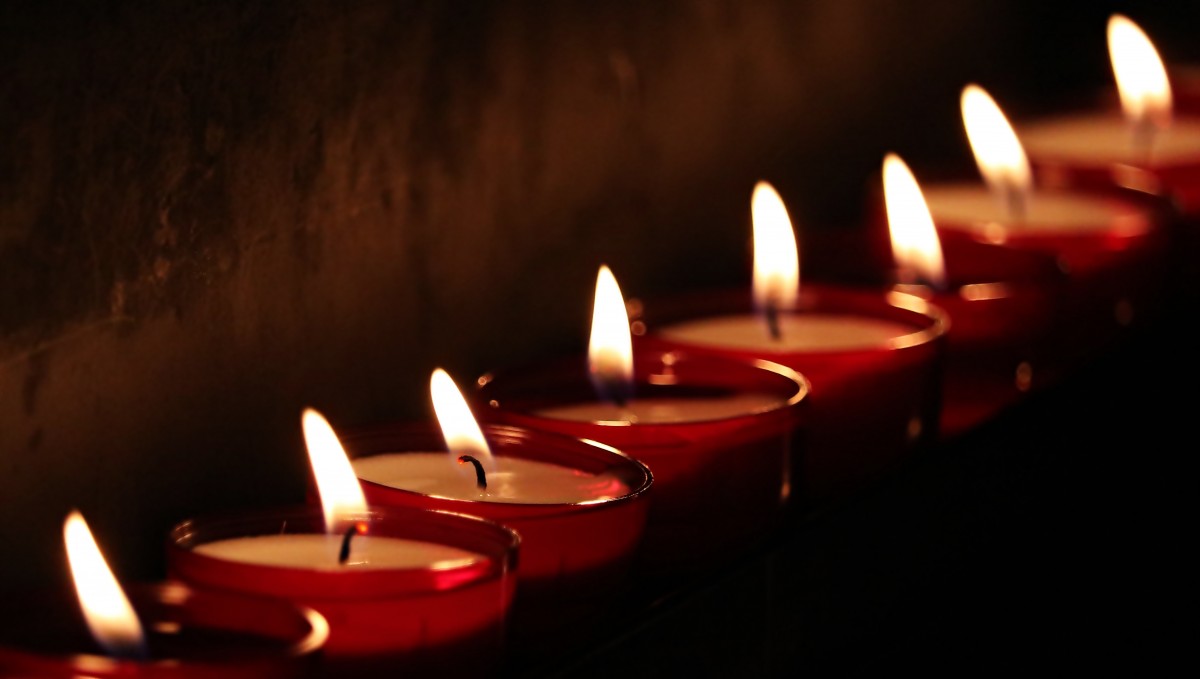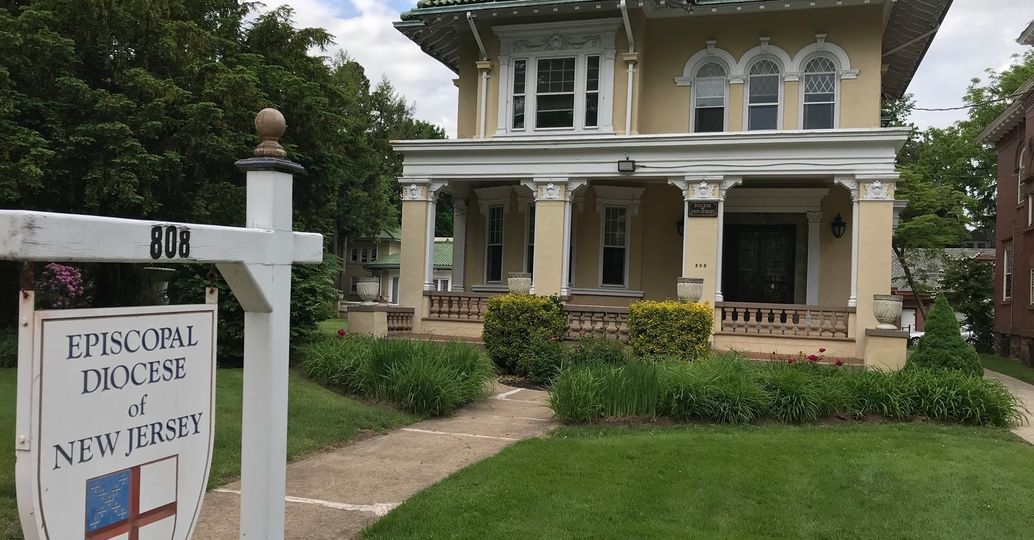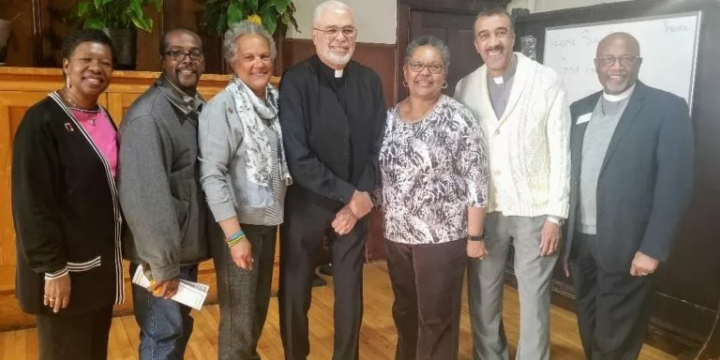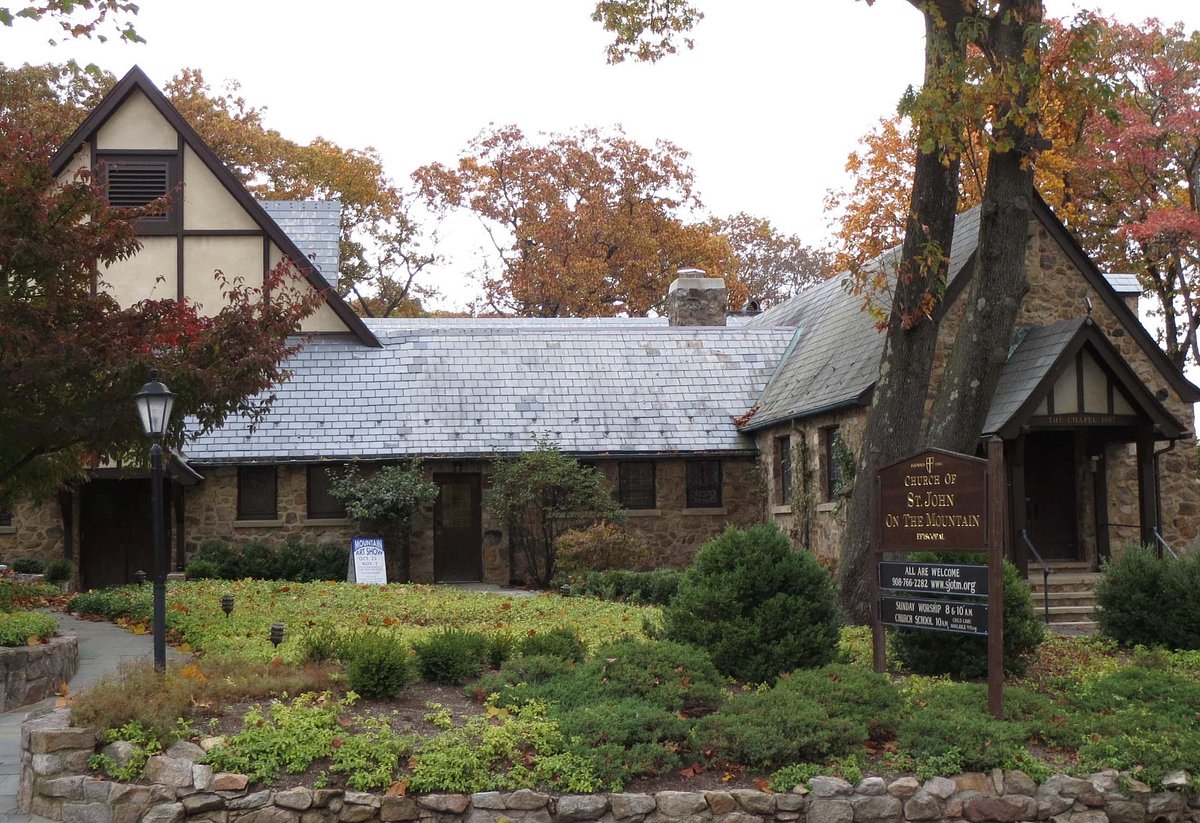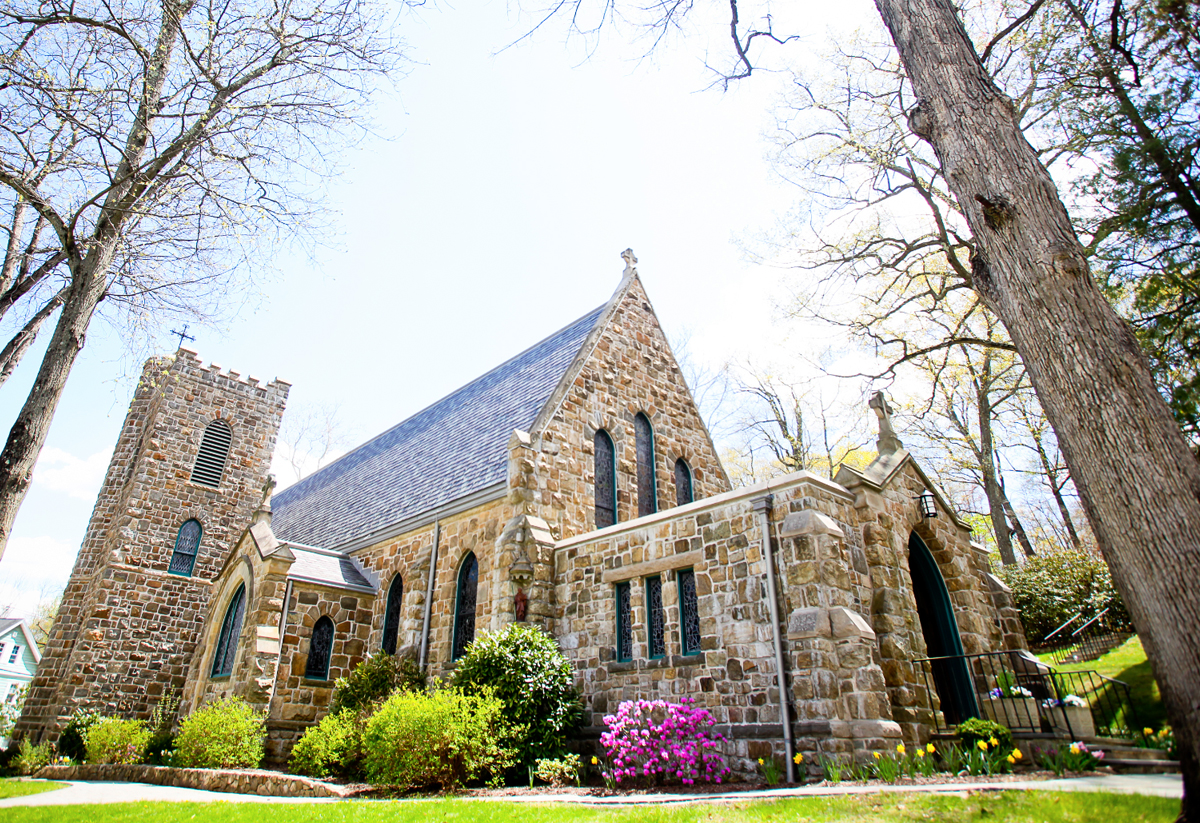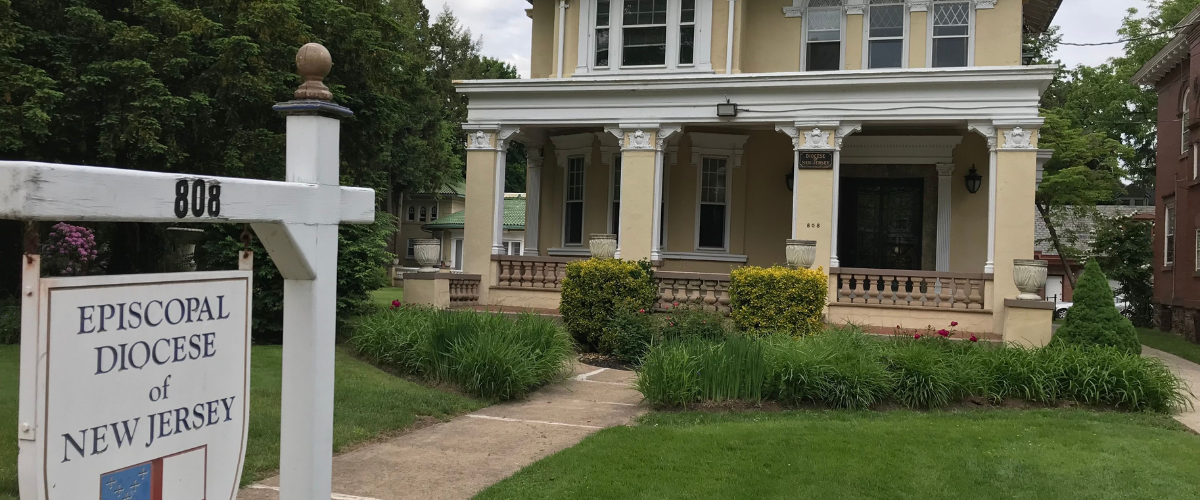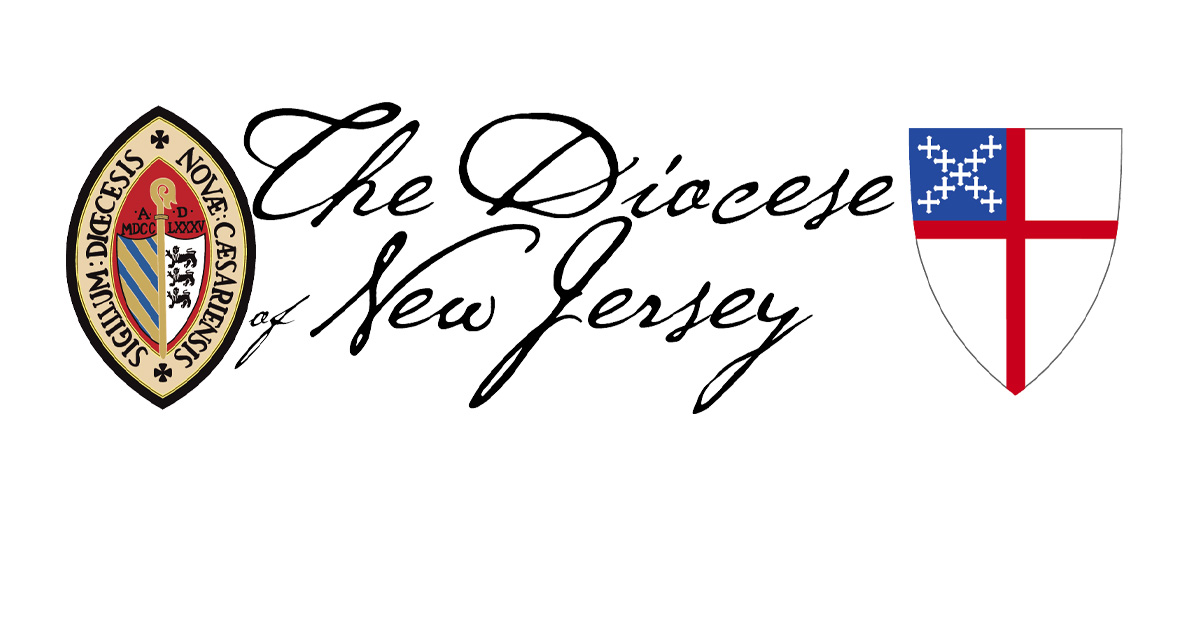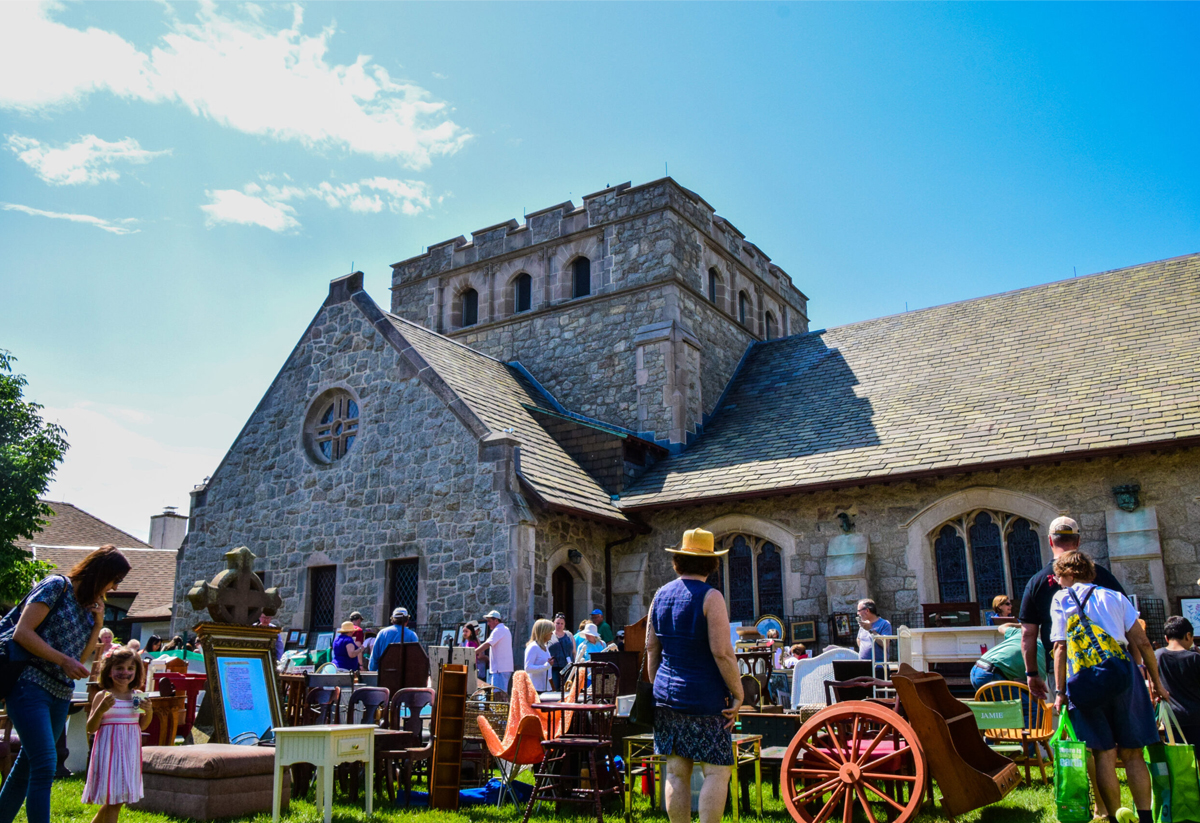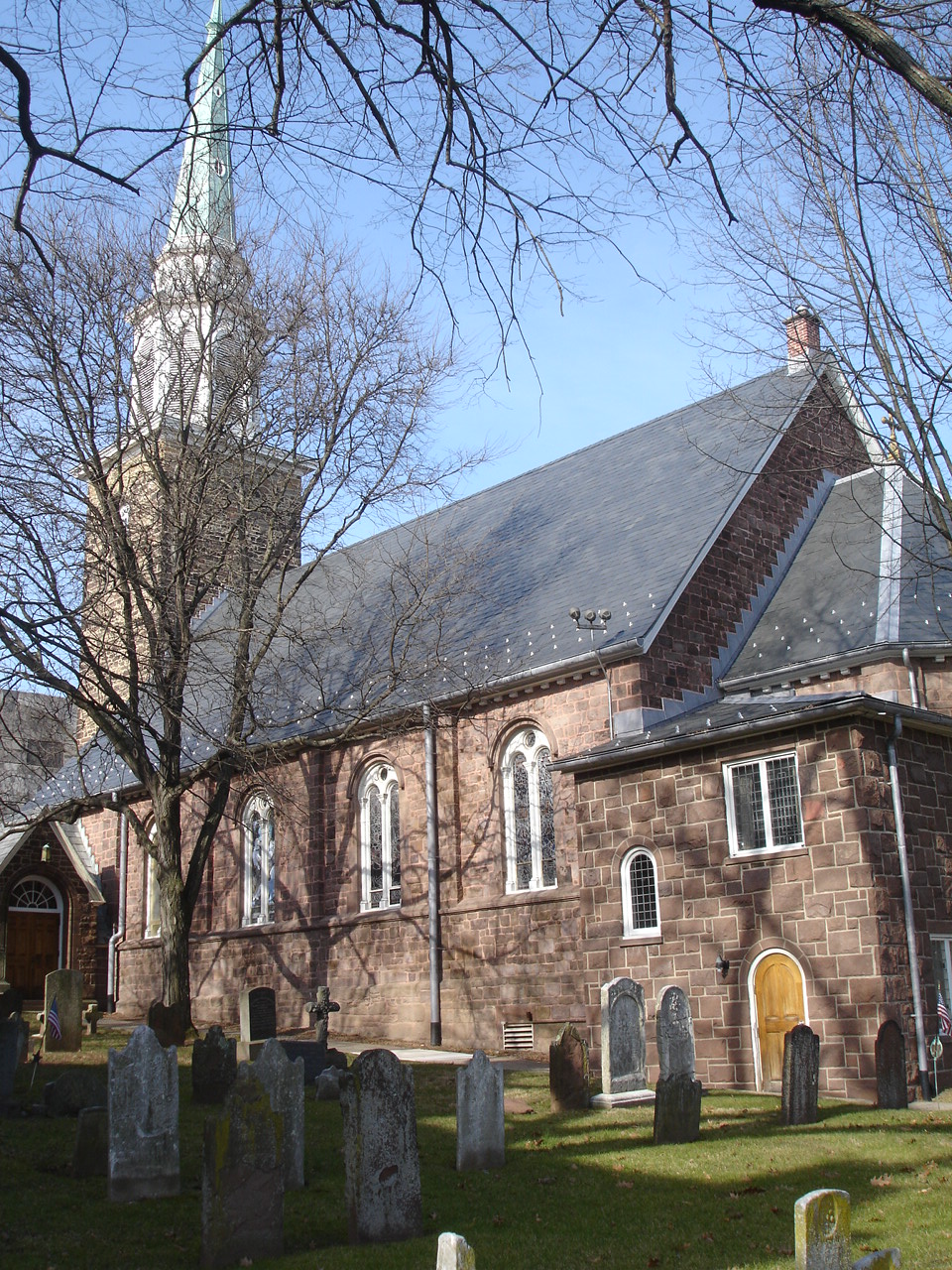Dear People and Friends of the Diocese of New Jersey,
Then one of the elders addressed me, saying, “Who are these, robed in white, and where have they come from?” I said to him, “Sir, you are the one that knows.” Then he said to me, “These are they who have come out of the great ordeal; they have washed their robes and made them white in the blood of the Lamb.” Revelation 7:13-14
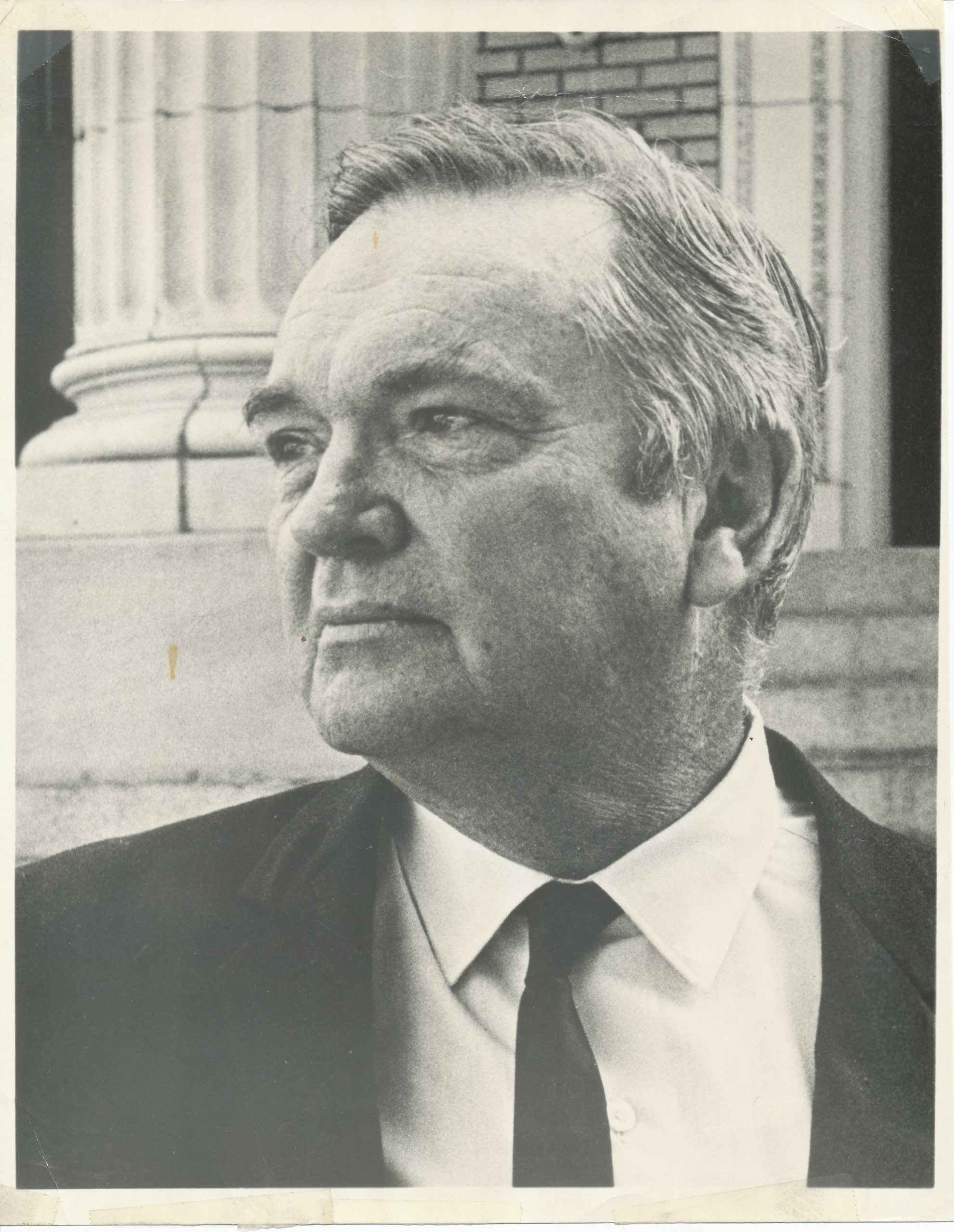
Clarence Jordan died on this date in 1969. Perhaps you know of him.
According to Wikipedia, Jordan was born on July 29, 1912 in Talbotton, Georgia as the seventh of ten children to parents James and Maude Jordan who were “prominent citizens of the town.” Wikipedia notes that “from an early age, young Jordan was troubled by the racial and economic injustice that he perceived in his community.”[1] Clarence decided to study agriculture in college so that he could make a difference in the lives of local sharecroppers. Wikipedia reports, “During his college years, Jordan became convinced that the roots of poverty were spiritual as well as economic.”[2] A person of faith, he determined to become a pastor and enrolled in the Southern Baptist Theological Seminary in Louisville, Kentucky, earning a Master of Theology degree as well as a Ph.D. in the Greek New Testament. During that time, he also met and married Florence Kroeger, and was also ordained a minister in the Southern Baptist Church.
Clarence and Florence Jordan, along with Martin and Mabel England, who had served as American Baptist missionaries, founded Koinonia Farm, a 440-acre tract of land near Americus, Georgia. This was to be a “demonstration plot for the Kingdom of God;” “an intentional community of believers sharing their lives and resources, following the example of the first Christian communities as described in the Acts of the Apostles” (See Acts 4:32–37).[3]
The project attracted others and the community grew. The Koinonia Farm website notes, “From the beginning, Koinonians emphasized the brotherhood and sisterhood of all people. When we could afford to hire seasonal help, Black and White workers were paid a fair, equal wage. When the community and its guests and workers prayed or ate a meal, we all sat together at the table, regardless of color.”[4] This witness to the Gospel in the United States south of the 1940s and ’50s did not go unnoticed or unchallenged. The Jordans were expelled from their local church. The history section of the Koinonia website states:
Our commitment to racial equality, pacifism, and economic sharing brought bullets, bombs, and a boycott in the 1950s as the Ku Klux Klan and others attempted to force us out. We responded with prayer, nonviolent resistance, and a renewed commitment to live the Gospel.[5]
Clarence Jordan maintained his commitment to Koinonia Farm throughout his life. In the 1960s, he penned his well-known As Robert Ellsberg describes in his book, All Saints:Daily Reflections on Saints, Prophets and Witnesses for Our Time (New York: The Crossroad Publishing Company, 2004), “The Cotton Patch Gospels emphasized the humanity of Jesus, setting him and his companions ‘ along the dusty rows of cotton, corn and peanuts’ in rural Georgia.”
In 1965, Millard and Linda Fuller visited the Koinonia Farm and ended up staying for several years. It was their collaboration with Clarence and Florence Jordan and Koinonia Farm that sowed the seeds for what would become Habitat for Humanity.
On October 29, 1969, at the age of 57, Clarence Jordan died suddenly of a heart attack while at his desk working on the final portion of The Cotton Patch Gospel. He had a simple funeral and was buried in an unmarked grave on the property of Koinonia Farm.[6] Koinonia Farm continues to operate today under the following Mission Statement:
We are Christians called to live together in intentional community sharing a life of prayer, work, study, service and fellowship. We seek to embody peacemaking, sustainability, and radical sharing. While honoring people of all backgrounds and faiths, we strive to demonstrate the way of Jesus as an alternative to materialism, militarism and racism.”[7]
In his book All Saints, Robert Ellsberg offers insight into the personality of Clarence Jordan, writing:
“An inspired preacher, Jordan liked to read and translate freely from his well worn Greek New Testament. Customarily dressed in overalls, his hands work and soiled fmom work in the fields, Jordan had a power to inspire or disturb that was rooted in his radical witness to the Incarnation and his simple conviction that the values of God’s reign were meant to be lived our here and now. After one sermon before a southern congregation, an elderly woman approached Clarence and said, “I want you to know that my grandfather fought in the Civil War, and I’ll never believe a word you say.’ Clarence returned her steely glare with a gracious smile and replied, “Ma’am your choice seems quite clear. It is whether you will follow your granddaddy or Jesus.’”[8]
Clarence Jordan once observed:
“Jesus has been so zealously worshiped, his deity so vehemently affirmed, his halo so brightly illumined, and his cross so beautifully polished that in the minds of many he no longer exists as a man….By thus glorifying him we more effectively rid ourselves of him than this those who tried to do so by crudely crucifying him.”[9]
Monday, November 1, is All Saints Day, one of the seven principal feasts of the church year. On this day, and/or on the Sunday following, we are invited to commemorate all the saints, down through the ages, known and unknown. There are those whose stories are universally known, like St. Peter, St. Paul, Joan of Arc, or even Dr. Martin Luther King, Jr. Others, like Clarence Jordan, are not as universally known, but have stories that should be told to inspire us. We also recognize that there are saints who have been courageous, faithful witnesses to the Gospel and love of Jesus Christ during their lifetimes but, like the soldiers in the Tomb of the Unknown, their names and stories have been lost to us. Our All Saints observance and celebration reminds us of them.
O blest communion, fellowship divine!
We feebly struggle, they in glory shine;
Yet all are one in thee, for all are thine. Alleluia!
(Hymn 287 – Hymnal 1982 – New York: Church Publishing Inc.)
My you and yours have a blessed and happy All Saints’ Observance.
Faithfully yours in Christ,

The Right Reverend William H. Stokes
12th Bishop of New Jersey
_____________________
Notes
[1] See Jordan, Clarence” in Wikipedia at https://en.wikipedia.org/wiki/Clarence_Jordan
[2] Wikipedia art, cit.
[3] From “A Brief History” on the Koinonia Farm website found at https://www.koinoniafarm.org/brief-history/
[4] Ibid.
[5] Ibid.
[6] See Wikipedia “Clarence Jordan”
[7] See “About” on the Koinonia Farm website found at https://www.koinoniafarm.org/brief-history/
[8] See “Clarence Jordan” the entry for October 29 on Ellsberg’s All Saints – op. cit.
[9] Ibid.

